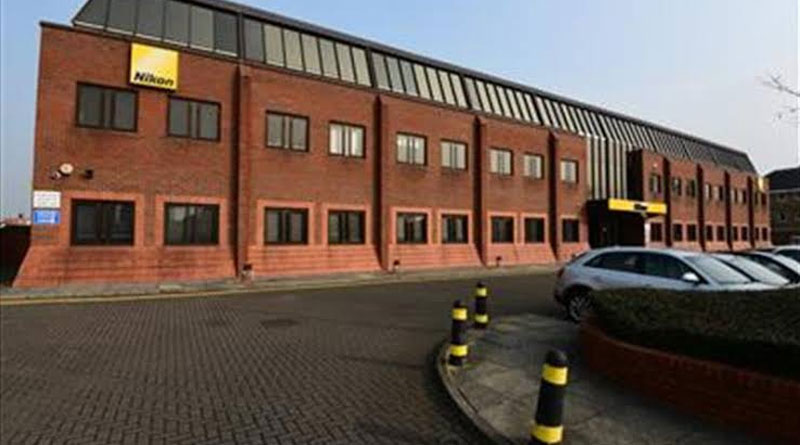Geothermal residential systems Essential Resources
Geothermal residential systems may sound like a complicated scientific application, but don’t worry, it is a breeze to understand and operate. Geo is a Greek word for earth, and there in Greek means heat. Quite simply, a geothermal system removes stored energy from the earth, and uses the geothermal energy to cool and heat your home.
Geothermal energy relies on the natural thermal energy stored in the earth or ground water, keeping your home cool in the summer and warm in the winter. The design works by drawing well water, and transferring the renewable energy resource created from it, directly into your house. Some think air-conditioning was the greatest invention ever known. Science is coming up with a better idea.
The geothermal residential system is an innovative technology using the same principle as used in steam baths and hot springs for centuries. Prince Conti of Italy tested the first geothermal generator on the 4th of July, 1904. I’m not sure what took so long in getting this time and money saving product on the market but it probably had something to do with the gas and oil man.
Our ancient ancestors, well mine, I won’t speak for yours- were cave-dwellers. They realized the ground several feet below the earth’s surface remains a steady temperature year round. Sometime after the cavemen-we heated and cooled our homes by burning fuel. With geothermal residential systems, the heating and cooling is provided by Mother Nature.
Geothermal systems include a heat pump that remains inside your home, a ground loop outside, and a flow center to connect the outside equipment to the indoors. An add-on bonus to geothermal energy is providing hot water. A desuperheater may be added to your system. A desuperheater is a reserve heat exchanger that uses the gases from the heat pump’s compressor to heat water for your home.
The underground loop is a series of pipes the geothermal energy is moved through. The ground loop can be buried below ground or underwater in a pond or lake. Fluid circling in the loop brings the heat to your indoor heat pump. The loop is made of durable plastic, the pipe joints heat fused together. The fluid used to run through the system is well water or an antifreeze solution. Geothermal residential systems may work on an open or closed loop. Open-loop systems draw well water as the heat source. The water is returned to a drainage field after it is used.
Closed-loop systems use a water and antifreeze solution. Loops may be installed vertically or horizontally depending on the yard space available. The open-loop system is easily installed and has been used for decades. A trench is dug three to six feet underground and parallel pipes are laid. Six foot under- the ground remains a constant mild temperature. In the summertime- left over heat is drawn from the house, sent back into the loop and placed back into the ground instead of to the air. Geothermal energy draws heat from the inside unlike the antiquated system of forcing cold air in. Other loop designs are in the works. In the near future, whole communities will share loops, further cutting costs. Geothermal residential systems are the ‘green’ way to go- for the environment and your wallet.

